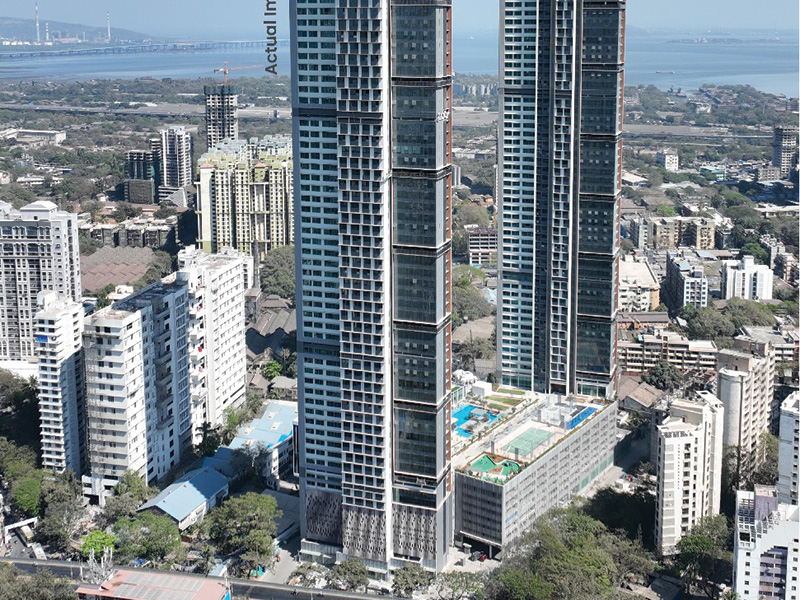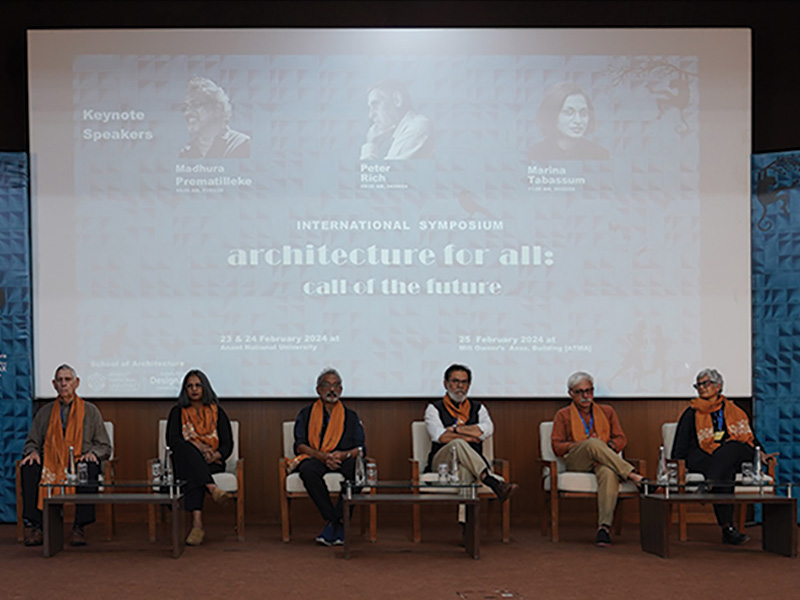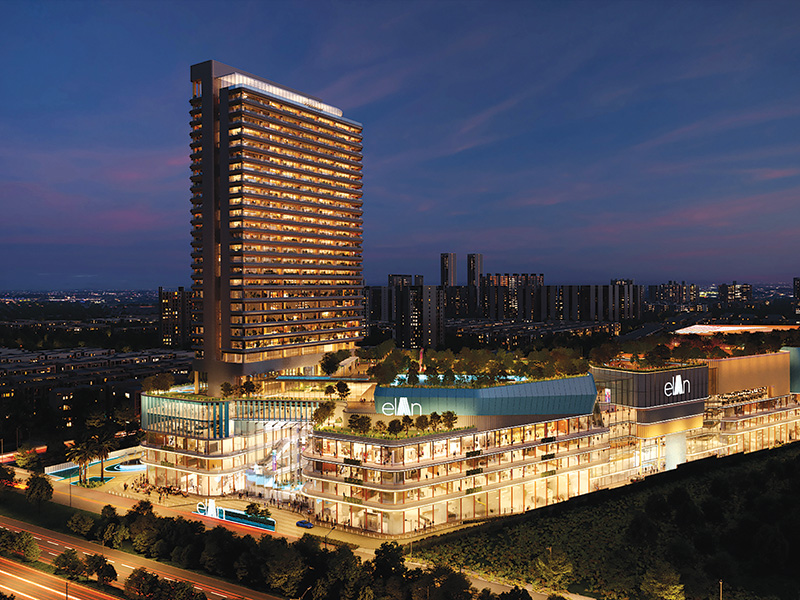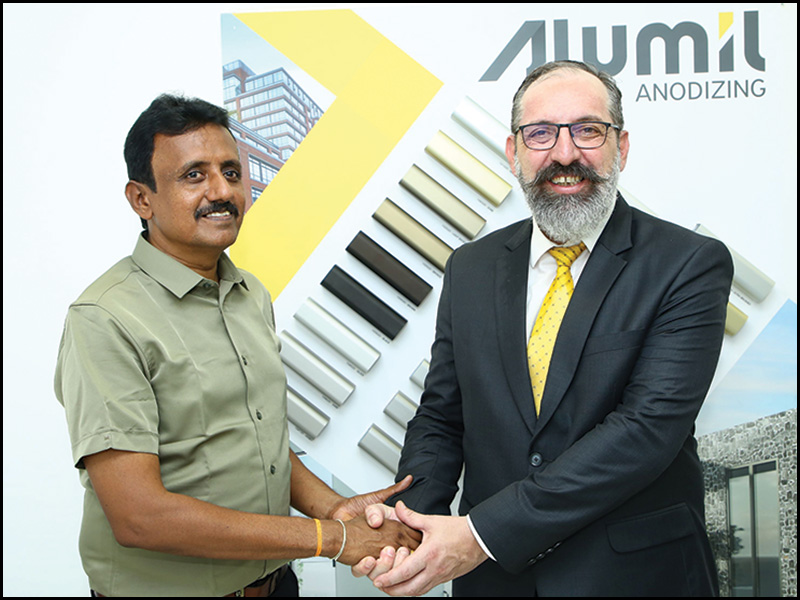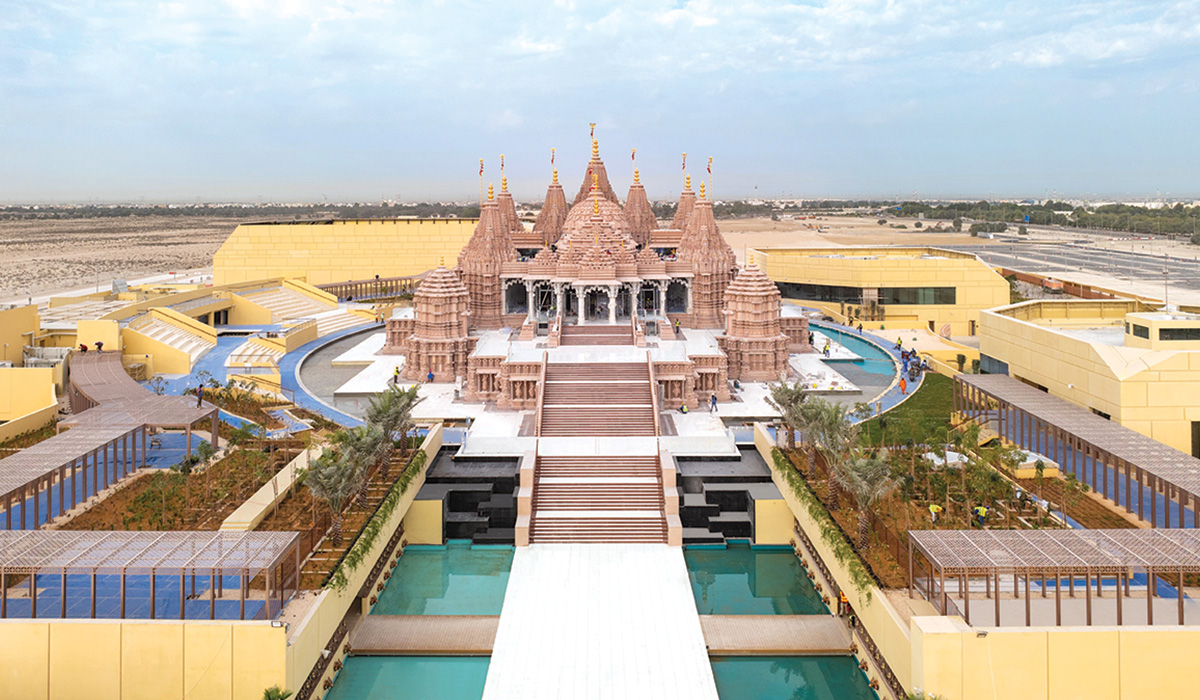
“Our dream of building a Hindu Mandir in Abu Dhabi has now become a reality. Shapoorji Pallonji has played a pivotal role in partnering with us to create this lotus in the desert. We extend our gratitude to Shapoorji Pallonji for bringing to life our vision of this spiritual oasis for global harmony,” said Pranav Desai, Director of BAPS.
In this project, Shapoorji Pallonji has integrated modern technology in the security, lighting systems and air-conditioning within the traditional requirements of ancient Indian architecture. “We are deeply honoured to have had the opportunity to work with BAPS and create this incredible monument that brings together art, harmony, and faith. Apart from being a celebration of cultural diversity, this is a testament to our engineering expertise,” said Shapoorji P Mistry, Chairman, Shapoorji Pallonji Group.
The temple complex has 7 ancillary buildings, to cater to 15,000+ visitors daily. It has distinctive water features, which represent three major rivers - Ganga, Yamuna, and Saraswati. The main temple is constructed on a raft foundation using UAE’s largest single pour of unreinforced fly-ash concrete. Instead of iron and steel reinforcements, bamboo sticks and glass fibre were used. The temple façade is built on this foundation, using 40,000 cubic meters of marble from Italy and 1,80,000 cubic meters of pink sandstone from Rajasthan. Thousands of artisans and volunteers intricately carved the stones in Rajasthan, for BAPS. These were then put together in Abu Dhabi like a giant jig-saw puzzle.
The159-year-old Shapoorji Pallonji Group has been present in the Middle East for close to 50 years, beginning with the Sultan’s Palace in Muscat, in 1975. Some of its recent marquee projects in India are Bharat Mandapam and Kartavya Path in New Delhi, Port Blair Airport, and Atal Tunnel in Himachal Pradesh.



